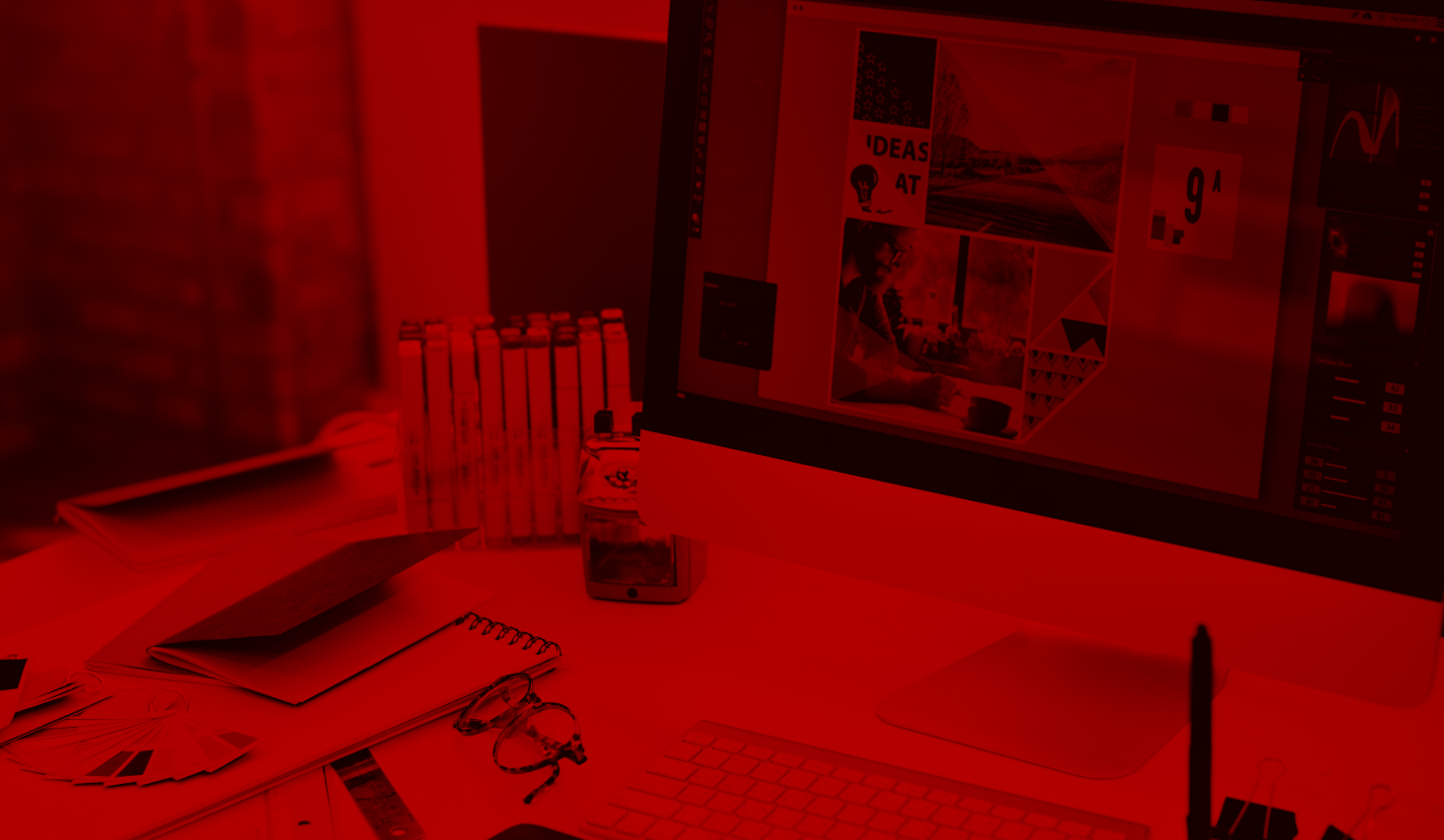Print Design Guidelines
Get Started
Download Print Toolkit
This toolkit contains print color guidelines as well as example print collateral layouts.


